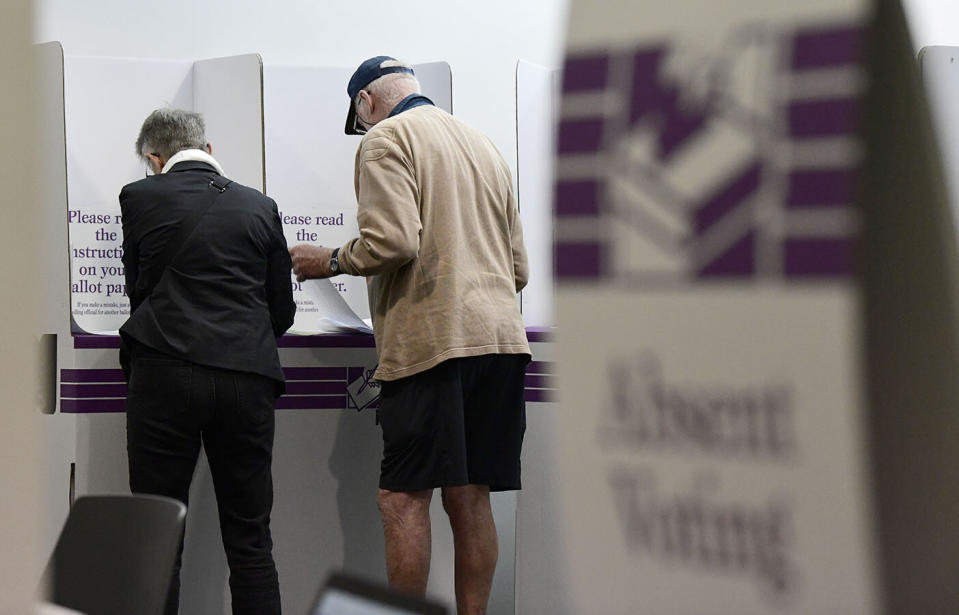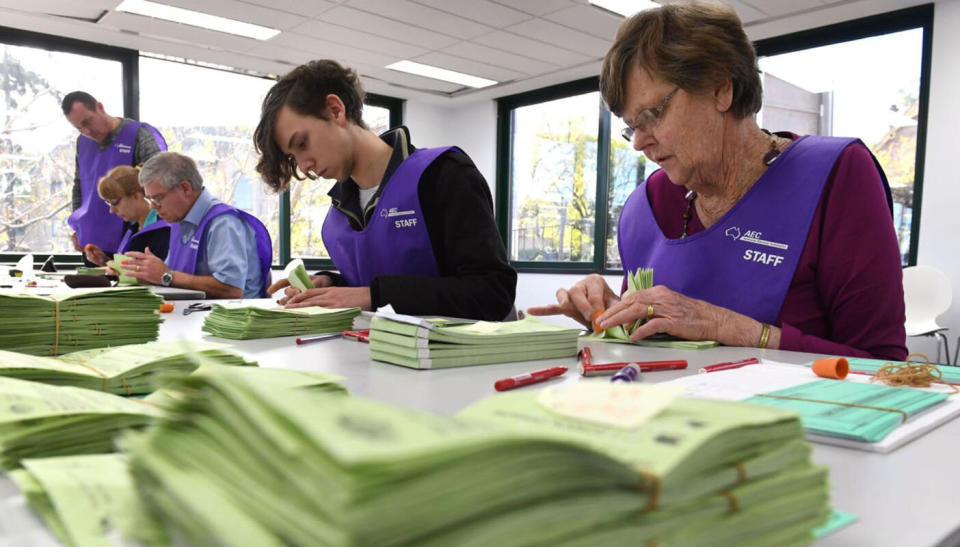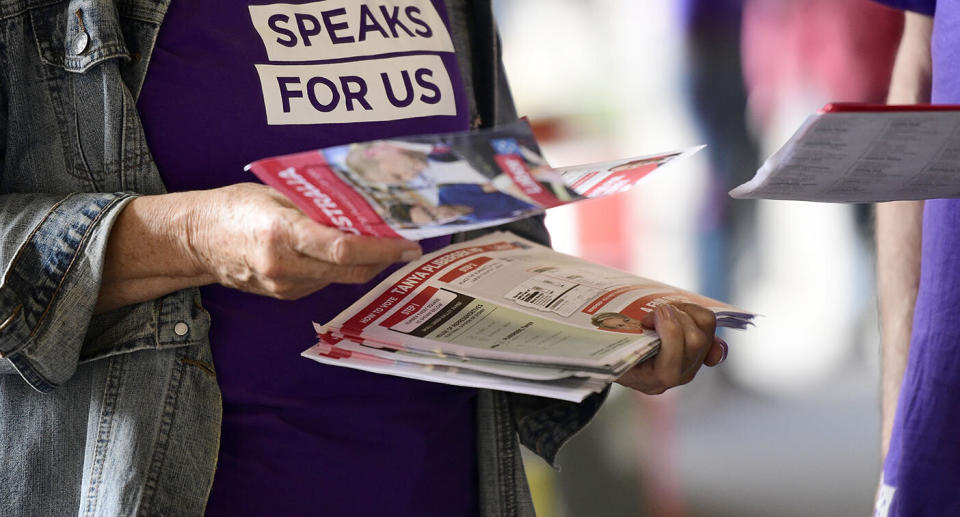Federal Election 2019: How does preferential voting work?
Australians are set to hit the polls in a matter of hours, in the 2019 Federal Election, but many voters are still confused about how our democracy system works.
All Australian citizens over the age of 18 who are enrolled to vote, elect people to represent them in the two houses of the Commonwealth Parliament – the House of Representatives (lower house) and the Senate (upper house).
How to vote in the federal election
Australia has a preferential voting system for elections to the House of Representatives and the Senate.
On the House of Representatives green ballot paper, voters will need to mark every box "1, 2, 3” and so on until all boxes have a number in order of preference for the candidate they wish to represent their electoral division.

On your Senate (upper house) white ballot paper, you'll have the option of numbering at least six boxes for parties above the line, or all candidates below the line, in order of preference.
It is not acceptable to vote using ticks and crosses.
How does preferential voting work?
The winning candidate needs to secure more than 50 per cent of first-preference votes to claim absolute majority of the primary vote.
If no candidate reaches that majority threshold after first preferences are counted, the one with the fewest votes is excluded and their votes are distributed to the person nominated as their second choice.

This process continues with candidates being eliminated until one candidate has secured more than 50 per cent of first-preference votes to win the seat.
The preferential voting party preferences could prove vital at the federal election, particularly in marginal seats.
Do political parties allocate my primary votes to other candidates?
In short, the only person responsible for where your vote lands is you.
“The only preferences that count are the numbers written on ballot papers by voters themselves,” ABC election analyst Antony Green told the ABC’s 7.30.
Federal Election 2019: The 'donkey votes' made in protest that will still count
Federal Election 2019: Where to vote – a state by state guide
Political parties and candidates cannot dictate where secondary votes are allocated, but they can try to influence how voters allocate their preferences.

Candidates or parties may reach a deal or agreement with minor parties on how they suggest the voter orders their preferences.
These recommendations are seen on the how-to-vote cards distributed to voters as they enter the polling booths. For the 2019 election the Coalition have done a preference deal with Clive Palmer’s United Australia Party.
However, following the party’s recommendation is optional, and how you preference your votes is entirely up to you.
Polling booths open around the country at 8am on Saturday and Polling booths open around the country at 8am on Saturday and can be found at local schools and halls
Do you have a story tip? Email: newsroomau@yahoonews.com.
You can also follow us on Facebook, download the Yahoo News app from iTunes or Google Play and stay up to date with the latest news with Yahoo’s daily newsletter. Sign up here.


